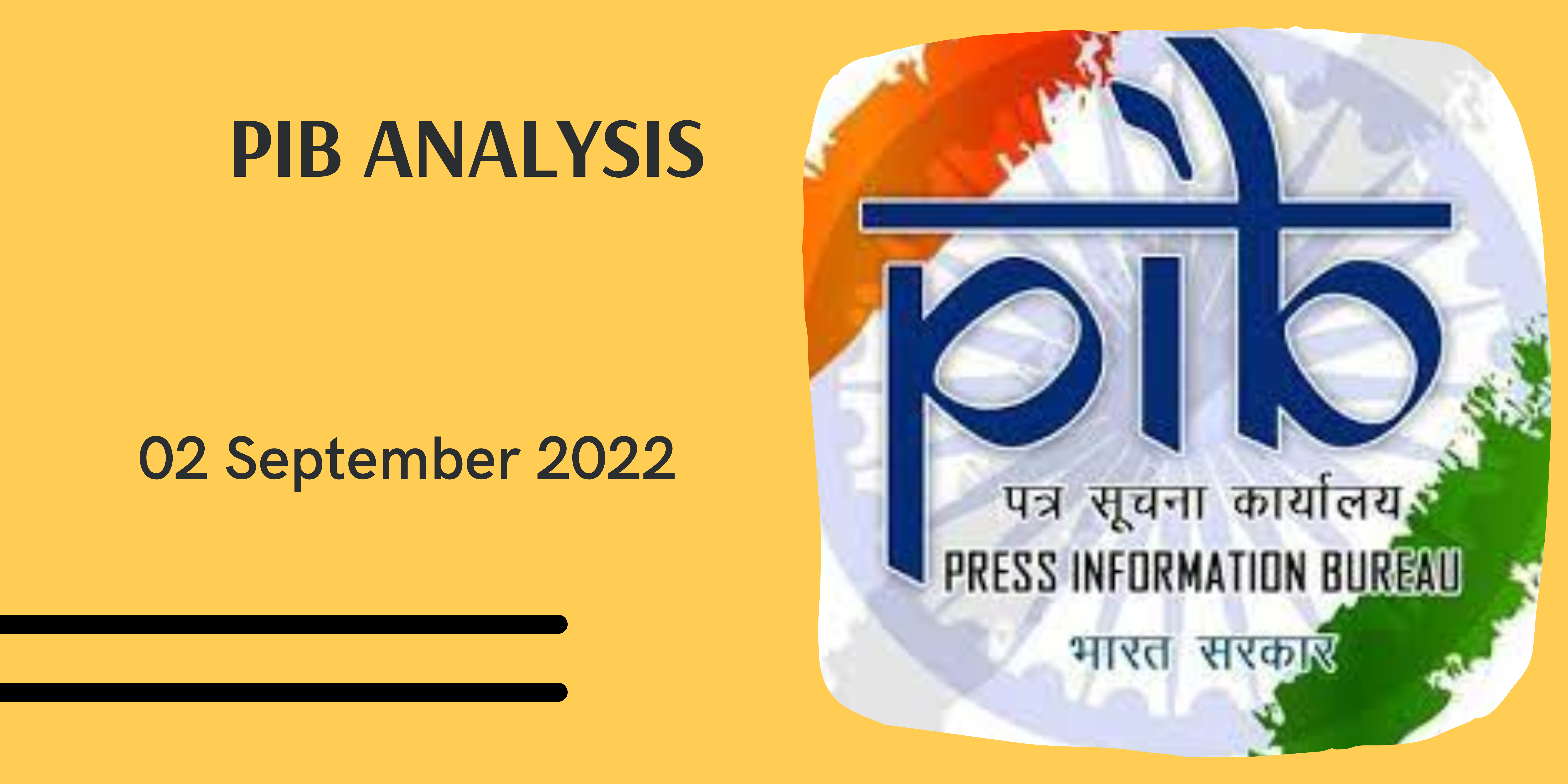Social justice, sexual education, the need of our times.
Context:
The interplay of caste and gender remains one of the most profound social divisions in our society. This intersection significantly impacts the lives of adolescents and young adults within the educational system. Media reports often shed light on conflicts and consensual relationships among individuals of different castes, often resulting in criminal repercussions. Addressing this issue requires education focused on social change and sexuality, crucial for fostering a healthy society.
Relevance:
GS-02 (Social Justice)
Mains Question:
Examine the role of social justice education and sexual education in addressing the challenges posed by caste conflicts and consensual relationships among adolescents in Indian schools and colleges. (250 words)
Sexual Health Education and Practices in India:
- Sex education remains a contentious and often avoided topic in India, eliciting divided opinions.
- States like Gujarat, Maharashtra, Madhya Pradesh, and Chhattisgarh have either banned or resisted implementing sex education in schools, citing cultural preservation.
- In Madhya Pradesh, the government, influenced by Hindu nationalist views, rejects sex education, asserting its incompatibility with Indian culture.
- Global Disparities: India lags behind globally in sex education, trailing even smaller and less developed countries like Sudan and Congo, where such education begins at the primary level.
Current State of Sexual Health:
- Sex Ratio Disparitie: In 2011, the sex ratio in India favored males (943 girls per 1000 males). Factors contributing to this disparity include lower caloric intake by mothers, female infanticide, and a cultural preference for boys. Prenatal sex determination leading to the abortion of female fetuses plays a significant role, reflecting societal perceptions that having female children is detrimental.
- Delayed Marriages and Education: Rising education levels are causing many young Indians to postpone marriage for career pursuits. However, conservative households, especially in rural areas and slums, shy away from discussing sex education. Early marriages persist in these areas, contributing to issues like child marriages, with 11.5% occurring between ages 15-19, and 45% before age 24.
- Pre-marital Stigma: Pre-marital sex is heavily stigmatized, contributing to the alarming rates of child marriages and teen pregnancies. Approximately one-third of young brides give birth before turning 19. Limited access to safe abortions and societal stigma lead some to attempt unsafe procedures, adding to the challenges.
- Contraception Challenges: Contraception usage, both within and outside marriage, is low. A National Family Health Survey in 1992–1993 revealed only 7.1% of married women (15–19 years) used contraception compared to 21% among those aged 20–24. Adolescents face restricted access to contraceptive methods, coupled with limited availability of safe abortion options. While five million abortions occur annually in India, only 10% are conducted within high-quality healthcare settings.
Dimensions of the Article:
- The Imperative of Social Justice Education
- Shaping Compassionate Minds
- Shaping Compassionate Minds
- Teacher’s Role in Social Justice Education
- Sexual Education for Social Justice
- Government Support for Sexual Education
The Imperative of Social Justice Education:
- In a society structured by hierarchy, the establishment of well-functioning democratic institutions based on equal rights encounters considerable challenges. Celebrating tradition sometimes leads to the dominance of the majority, resulting in aggression toward the weaker sections.
- While electoral democracy emphasizes affirmative action and criminalizes discrimination based on caste and gender, these measures often fall short in dismantling deeply entrenched social codes.
- Citizenship in a democratic society demands an empathetic understanding of fellow citizens, necessitating education that fosters critical thinking and challenges ingrained beliefs.
Shaping Compassionate Minds:
- Children, who initially seek guidance from elders, often learn to command others. Instead, there is a need to teach them that seeking help is not a sign of weakness, but a recognition of shared vulnerability.
- Education should instill compassion, encouraging children to develop a supporting and critical voice for the weak. Recognizing vulnerability not only in physical aspects but also in social and economic contexts is vital for achieving social justice.
The Role of Active Learning:
- Schools play a crucial role in nurturing critical thinking and active learning, with humanities and arts providing avenues for engagement beyond ideological constraints.
- The continuous engagement with conflicting ideas facilitates critical thinking and encourages a re-imagination of society.
- Rigorous training in logical reasoning and critical thinking cultivates a vision where reasonable disagreements coexist among citizens with diverse backgrounds.
Teacher’s Role in Social Justice Education:
- Teachers are instrumental in delivering social justice education, requiring an understanding that it is integral to a well-functioning democracy. Incidents like teacher absenteeism, blaming children for learning shortcomings, and physical abuse stem from a lack of faith in social justice education.
- Empowering teachers to realize their agency in democratic education is crucial for effective pedagogy.
Sexual Education for Social Justice:
- Sexual education emerges as a significant aspect of social justice education, transcending traditional boundaries. Beyond imparting knowledge about healthy sexual development, sexual education emphasizes the importance of respecting gender identities, consent, and personal boundaries.
- Recent legal pronouncements affirm children’s right to access sexual education, highlighting the need for its integration into mainstream education. Research underscores the positive impact of sexual education in delaying first sexual intercourse, reducing frequency, and curbing risky sexual behavior.
Government Support for Sexual Education:
- For effective sexual education, there is a parallel need for substantial government support. While recent initiatives like the Adolescent Reproductive and Sexual Health Strategy (ARSH) and the National Adolescent Health Programme exist, sexual education remains underrepresented in the Indian school curriculum.
- The government should take a proactive stance to incorporate sexual education, leveraging children’s natural curiosity and preparing them for safe and healthy sexual lives. Courts, engaged in debates over the criminalization of consensual adolescent relationships, should collaborate with the education sector to inform students about legal aspects.
Committee for Discrimination in Educational Institutions:
- The formation of committees, such as the one in Tamil Nadu chaired by Justice K. Chandru, to address caste and community-based discrimination in schools and colleges is a positive step.
- Caste clashes are often linked to the sexual behavior of adolescents, emphasizing the need for holistic solutions.
- Establishing equality and fostering empathetic understanding are foundational to addressing discrimination.




